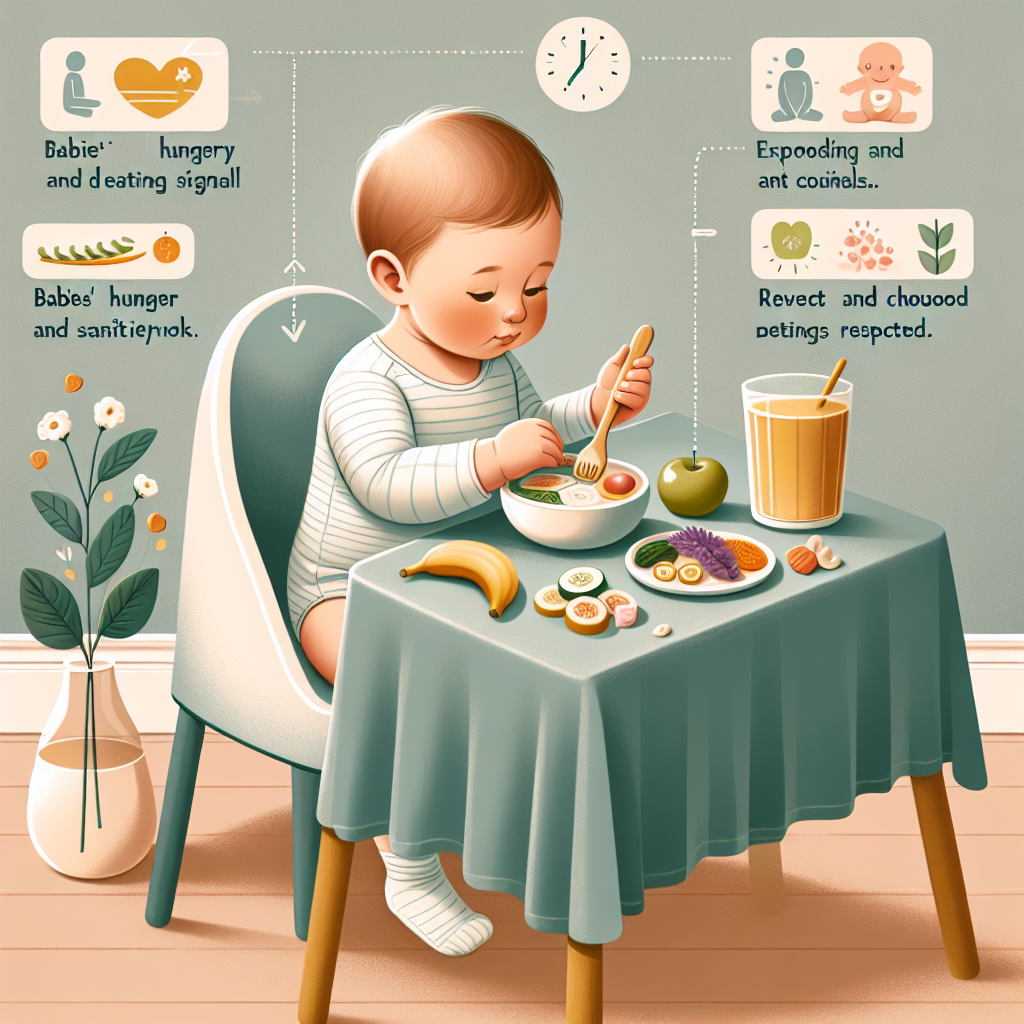Self-diversification in Babies: 5 Tips for Correct Nutrition
Introduction
Dietary diversification is one of the basic pillars in the healthy development of babies. That is why the self-diversification approach, a method that is gaining more and more ground, is essential to ensure a healthy start in the life of the little ones. This process facilitates the transition from breast milk or milk formula to solid foods, improving the baby's motor, taste and cognitive development. In this article, we'll explore together five essential tips for successful self-diversification.
What Is Self-Diversification?
Self-diversification is based on the idea that the baby is encouraged to explore solid foods, eat them himself and decide how much and what he wants to eat. This method stipulates that babies are ready to eat solid food from an early age of about six months and actively participate in the feeding process. The benefits are countless, including the development of independence and motor skills, as well as better regulation of hunger and satiety.
1. Choosing the Right Time for Self-Diversification
The first and most important step is to start diversifying when your baby is ready. Most experts recommend starting solid foods around six months of age, with the key signals being the baby's ability to sit up with support and increased interest in food. It is vital to observe these signals to ensure a smooth transition from milk to solid foods.
2. Suitable Foods for Start
The choice of food for self-diversification must be done carefully. Babies need a variety of nutrient-dense foods to support growth. Start with soft vegetables and fruits, such as baked potatoes, avocados, bananas or mashed apples. As baby becomes more experienced, you can introduce foods with varied textures and iron-rich foods such as ground meat and green vegetables.
3. Safety in Self-Diversification
Safety is essential in any aspect of baby care, and feeding is no exception. To prevent the risk of drowning, the baby must be constantly supervised during the meal. Make sure the food is cut into large pieces that baby can easily grasp, but small enough to avoid choking. In addition, avoid hard foods such as nuts or popcorn, or very small ones such as whole grapes.
4. The Role of Parents in Self-Diversification
Although the concept of self-diversification emphasizes the independence of the child, the role of parents remains essential. The parent must provide a safe environment, monitor the food consumed and intervene discreetly when necessary. At the same time, it is crucial not to force the child to eat and to respect his rhythm, allowing him to explore food at his own pace.
5. Handling Clutter and Refusal
Self-diversification can also be a messy process and often the child can refuse certain foods. It's important to stay calm and accept that sometimes food will end up everywhere, except in the baby's mouth. However, with a positive attitude and encouraging exploration, baby will gradually begin to taste and accept new foods. Be patient and understanding with your little explorer.
Conclusion
Self-diversification is a remarkable stage in a child's development and can be an enriching experience for the whole family. By following the five essential tips above, you can make the transition to solid food a pleasant and healthy experience for your little one. Remember to pay attention to your baby's needs and rhythm and support him with love and patience on this new path of self-discovery through taste and texture.














































































































































